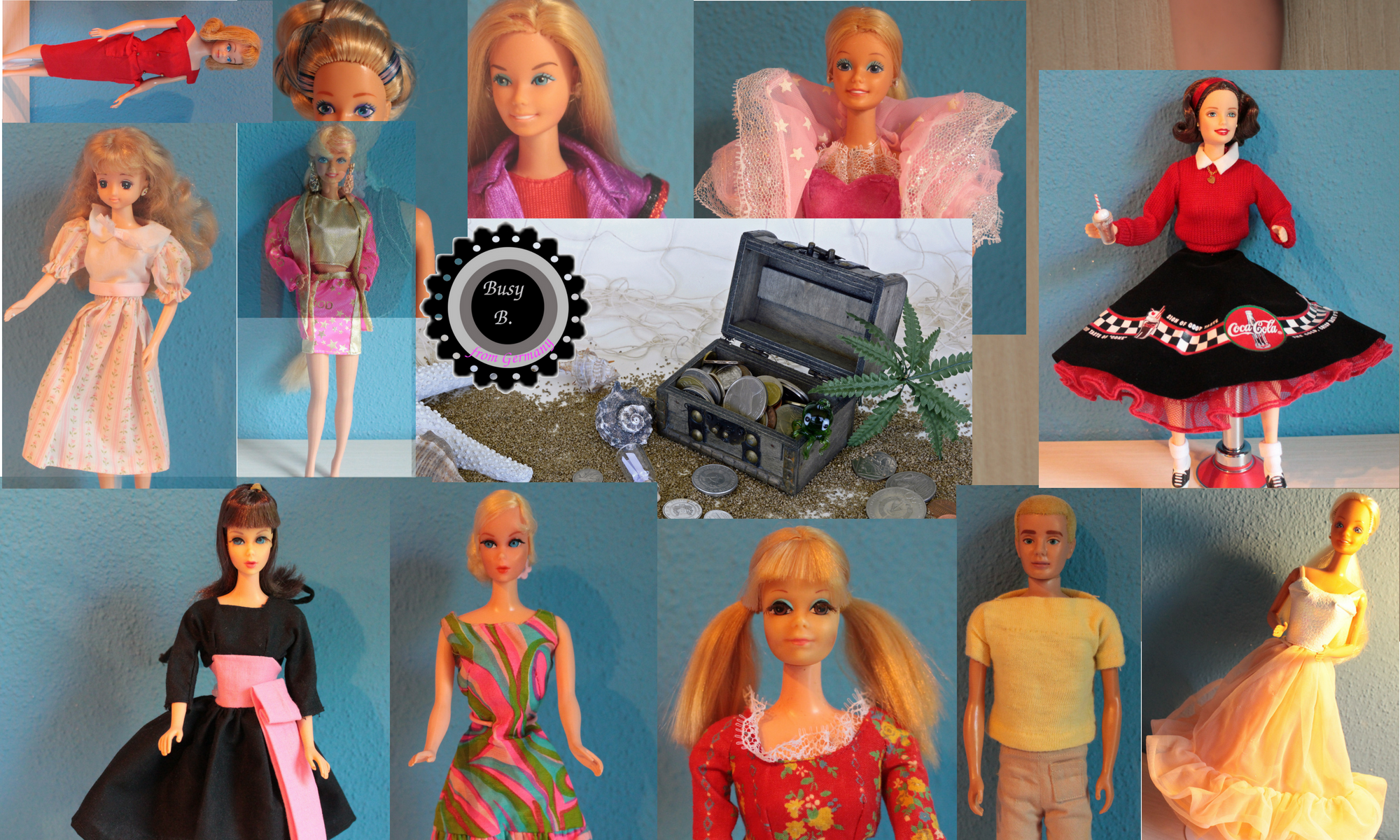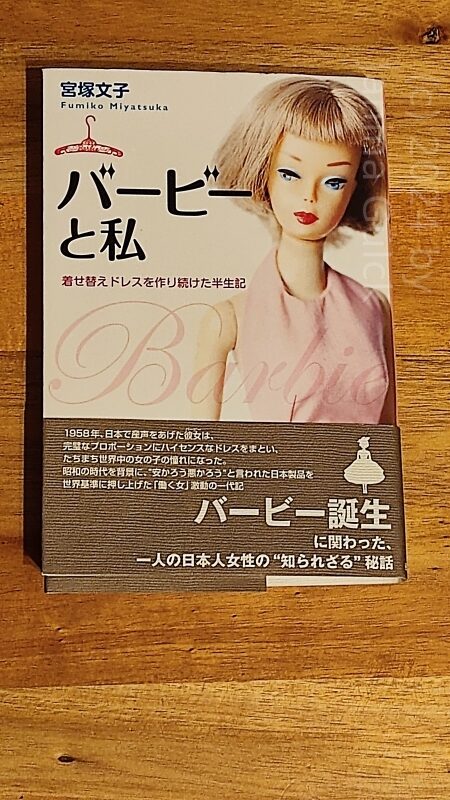Table of Contents
In the world of toy manufacturing, few names stand out quite like Mattel. One such story involves a female Japanese tailor named Fumiko Miyatsuka, who unknowingly became a secret employee of Mattel in the 1950s. With its iconic Barbie dolls and other beloved toys, Mattel has captivated the imagination of children and adults alike for decades. But behind the glamorous facade of Mattel lies a fascinating history filled with unknown stories.
The Book “Barbie and I” Unveils New Insights from Fumiko Miyatsuka
The book “Barbie and I” by Fumiko Miyatsuka sheds light on the little known history of Mattel’s operations in Japan during the 1950s. Through extensive research and interviews with former employees, Miyatsuka uncovers a treasure trove of new information that sheds light on the behind-the-scenes workings of the Japanese toy industry during this era.
Fumiko Miyatsuka: A Female Tailor Turned Secret Mattel Employee
Fumiko Miyatsuka’s story is truly extraordinary. Born in Hiroshima, Japan, in 1926, she pursued a career in tailoring, eventually opening her own shop in Tokyo. Little did she know that her skills as a tailor would one day take her on a journey that would shape the history of the toy industry.
The Accidental Encounter with Mattel
One day, while shopping at a toy store, Fumiko Miyatsuka stumbled upon a Barbie doll that had caught her eye. Intrigued by its beauty and attention to detail, she inquired about its creation. The store owner informed her that the doll was made in the United States by the company Mattel.
Intrigued, Fumiko Miyatsuka was contacted by Mattel indirectly to inquire about the possibility of creating custom Barbie dresses being later sold as mass production. Little did she know that her inquiry would lead to her being hired as a secret employee.
Developing the Original Barbie Dresses
Fumiko Miyatsuka’s talent as a tailor truly shone through her work on the Barbie doll dresses. She worked tirelessly to develop unique and stylish designs that would not only enhance the doll’s appearance but also capture the essence of 1950s fashion.
Under strict secrecy, Fumiko Miyatsuka worked closely with Mattel’s designer Charlotte Johnson, sharing her ideas and incorporating traditional Japanese elements into the dresses in the Imperial Hotel in Tokyo designed by Frank Lloyd Wright. Her efforts paid off, and the resulting Barbie dresses were not only visually appealing but also well-crafted and durable.
The Hours and Costs of Secret Toy Creation
Working countless hours in her Tokyo shop, Fumiko Miyatsuka dedicated herself to creating the original Barbie dresses. Her dedication to quality and attention to detail were evident in every stitch.
To stay within the constraints of Mattel’s budget, Fumiko Miyatsuka had to be innovative and cost-effective. She used fabric scraps and recycled materials whenever possible, finding a way to create high-quality dresses without breaking the bank.
Conclusion
The story of Fumiko Miyatsuka reminds us of the incredible talent and resourcefulness that can blossom in unexpected places. Her accidental encounter with Mattel and her subsequent role as a secret employee not only brought joy to countless children but also played a significant role in the development of the iconic Barbie doll.
Fumiko Miyatsuka’s story is a testament to the power of determination, creativity, and the ability to make a lasting impact in an industry dominated by men. Today, her contributions are celebrated and serve as an inspiration to aspiring designers, entrepreneurs, and anyone who believes in the power of their dreams.





